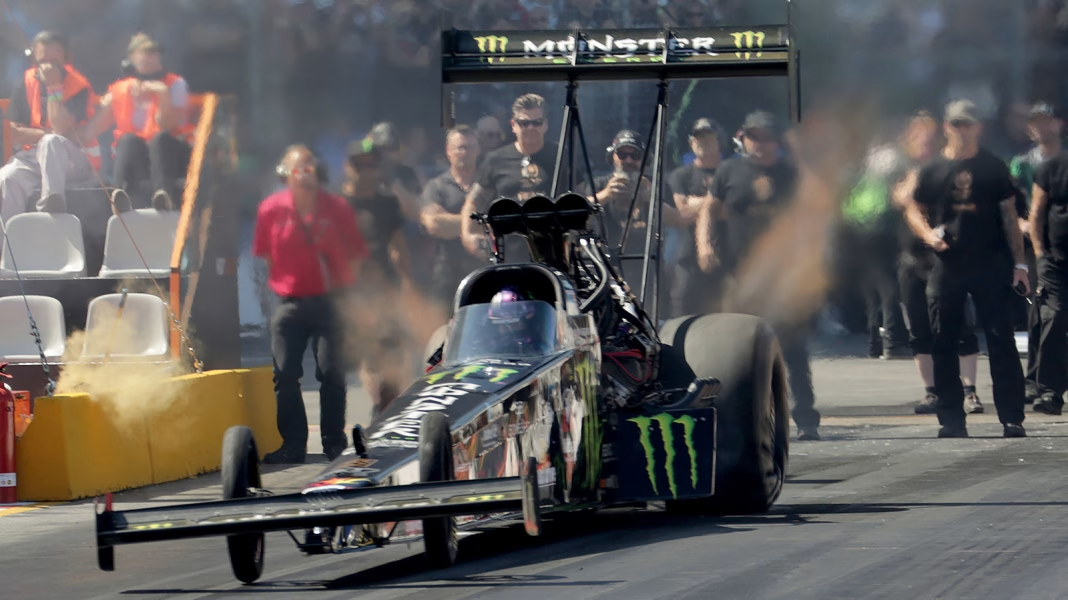What Makes a Car Truly Awful for Commuting?
Let’s be honest: not every car is cut out for the daily grind. Some vehicles, no matter how cool they look on a showroom floor, turn into a nightmare when you’re stuck in bumper-to-bumper traffic or crawling through endless stoplights. But what exactly transforms a car from a simple inconvenience into the worst possible way to start and end your workday?
It’s not just about looks or horsepower. The worst commuter cars are the ones that make every mile feel like a chore. Think hard, unsupportive seats that leave your back aching before you even reach the office. Or maybe it’s a suspension so stiff that every pothole feels like a personal insult. Then there are the cars with unreliable heating and air conditioning—because nothing says “good morning” like shivering or sweating through your commute.
Why Reliability and Comfort Matter More Than Speed
You might assume that a fast, sporty car would make your commute more exciting. In reality, speed is almost useless when you’re crawling along at 10 miles per hour. What you really need is reliability and comfort. According to a 2023 survey by J.D. Power, reliability is the number one factor commuters consider when choosing a daily driver, followed closely by seat comfort and fuel efficiency.
Take, for example, the infamous Yugo GV. On paper, it was cheap and compact—seemingly perfect for city driving. In practice, it was plagued by breakdowns, uncomfortable interiors, and a ride quality that could charitably be described as “punishing.” Owners often joked that driving a Yugo was a gamble: would you make it to work, or would you end up stranded on the shoulder?
How Poor Fuel Economy Can Drain Your Wallet and Your Patience
Let’s talk about gas mileage. If your car guzzles fuel, every trip to the pump feels like a slap in the face. Commuters who drive vehicles with poor fuel economy spend hundreds more each year compared to those with efficient cars, according to data from the U.S. Department of Energy. That’s money you could be putting toward something actually enjoyable—like a weekend getaway, or even just a better cup of coffee.
And it’s not just about the money. Stopping for gas every few days adds another layer of hassle to your routine. If your car’s tank is small or its range is limited, you might find yourself anxiously eyeing the fuel gauge every morning, hoping you’ll make it to work without running dry.
The Hidden Costs of Bad Ergonomics and Outdated Tech
Ever tried to adjust your seat or mirrors in a car with clunky, outdated controls? Or struggled to connect your phone to a prehistoric infotainment system? Bad ergonomics and old tech can turn a simple commute into a daily frustration. According to a 2022 Consumer Reports study, drivers who rated their car’s controls as “difficult to use” reported significantly higher stress levels during their commutes.
And let’s not forget about noise. Some cars have so little sound insulation that every honk, engine rev, and construction jackhammer feels like it’s happening inside your skull. Over time, that constant barrage of noise can leave you frazzled before you even clock in.
Real-World Examples: Cars That Missed the Mark
It’s one thing to talk about features in the abstract, but let’s get specific. The Pontiac Aztek, for instance, is often cited as one of the worst commuter cars ever built. Its polarizing design aside, the Aztek suffered from poor visibility, awkward seating positions, and a ride that was neither comfortable nor engaging. Owners frequently complained about its lackluster fuel economy and confusing dashboard layout.
Another contender? The Smart ForTwo. While its tiny size made parking a breeze, its harsh ride, limited cargo space, and underwhelming acceleration made it a tough sell for anyone facing a longer commute. Add in minimal crash protection, and you’ve got a recipe for daily dread.
How to Avoid Ending Up With a Commuter Nightmare
So, how can you steer clear of these pitfalls? Start by prioritizing the features that matter most for your specific commute. If you’re stuck in traffic for hours, look for a car with supportive seats, a quiet cabin, and modern tech that makes life easier. Test drive during rush hour if you can—what feels fine on an empty road might be unbearable in real-world conditions.
Don’t be swayed by flashy features you’ll rarely use. A sunroof is nice, but it won’t make up for a lack of lumbar support. And while turbocharged engines sound exciting, they often come with higher maintenance costs and lower reliability—two things you definitely don’t want in a daily driver.
The Big Takeaway? Commuter Bliss Isn’t About Perfection
The worst commuter car isn’t just about bad design or poor performance—it’s about how those flaws add up to make every day harder than it needs to be. The big takeaway? Commuter bliss isn’t about perfection—it’s about smarter adjustments. Start with one change this week, and you’ll likely spot the difference by month’s end. Whether it’s swapping out your ride, adding a seat cushion, or simply keeping your car better maintained, small tweaks can turn even the roughest commute into something you can actually look forward to.


